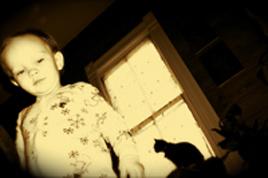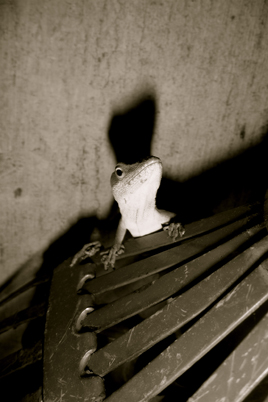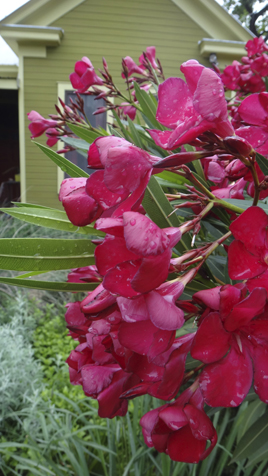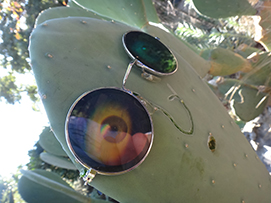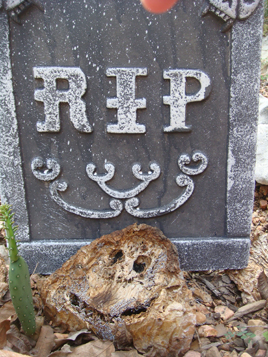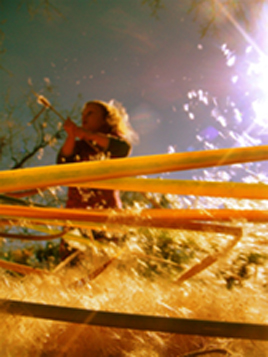
Family: Whites and Sulphurs Pieridae
Southern Dogface Butterfly
Subfamily: Coliadinae
Colias cesonia
The Pieridae are members of the Superfamily Papilionoidea, the true butterflies. Worldwide in distribution, most species are found in the tropics.
This one is is a female. Interestingly the female takes on two seasonal forms: underside hindwing of wet season “summer” form is yellow; that of dry season “winter” form is mottled with black and pink.

I caught this one drinking heavily in my amaranth, It loved it. The subtle pink wing coloration
really picks up on the amaranth seed. I hope she found a warm “spot” to hide in tonight’s cold
temperatures.
I do not think this skinny fellow is going to mak….oh wait it just died…creepy!

Its hot, its cold, its hot again, its foggy and now it is totally freezing again with wind to boot, but hey, it is forcasted to go back up to seventy for Christmas day. Only in Texas!
Our 1890’s house has zero insulation, so when a freezing North wind rips into it you can feel it…no you really can. The wind blows through cracks in our long-leaf pine walls and we immediately break out the blankets (no cut-out eye holes in these though!) http://east-side-patch.livejournal.com/13389.html
The draft is strong enough to move pine needles on our Christmas tree, and if you place your face right up against the wall, this happens…
The small amount of moisture last week from the fog did plump up the moss on some of my moss boulders:

This boulder had some lichen snow on its upper peaks, and a forest climbing up its hillsides.
“Last to the top is a Von Trapp”.

Mist frequently for the first few
days until it is established…”Done”
(Note: If the culture was spread on top of a child, be aware that the initial “sprouting” process may cause some initial emotional distress and irritation, but this will pass by the following season). Here is one I successfully transplanted earlier in the year. It has come in quite useful in these cooler days.
“My head itches!”
While I was snooping and crawling aroung with my lens in the moss boulders, I snapped a couple more lichen pictures I thought I would share.

The whitish grey one that looks like peeling paint I believe is
Xanthoparmelia cumberlandia.
Lemon-yellow (chartreuse) Pleopsidium flavum
Lichen looks like something totally out of a medical journal. Like some disease relentlessly spreading over the rocks in its technicolor glory. It is staggering the amount of research individuals have done on these tiny boils of color.

We are collecting the best rocks out of
the future succulent bed, before I cover
them all over in the early spring with
decomposed granite.
A smoked haddock appetizer…
These small pebbles are really tempting me to continue on my nerdy path into oblivion. I am considering purchasing a rock tumbler. I was wondering if anyone has had any experience with these things? or could recommend a good model?

“I am so proud of you (snort)”
A year-end bloomer:


Bulbine frutescens Bali SegaraTemple
Family: Asphodelaceae
Common names: snake flower, cat’s tail, burn jelly plant (Eng.)
“Tell me you brought the Bulbine, Winston?,
I think were gonna need it!”
becomes quite popular in the year 3000.
All material © 2008 for east_side_patch. Unauthorized reproduction prohibited.









































